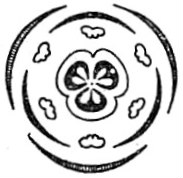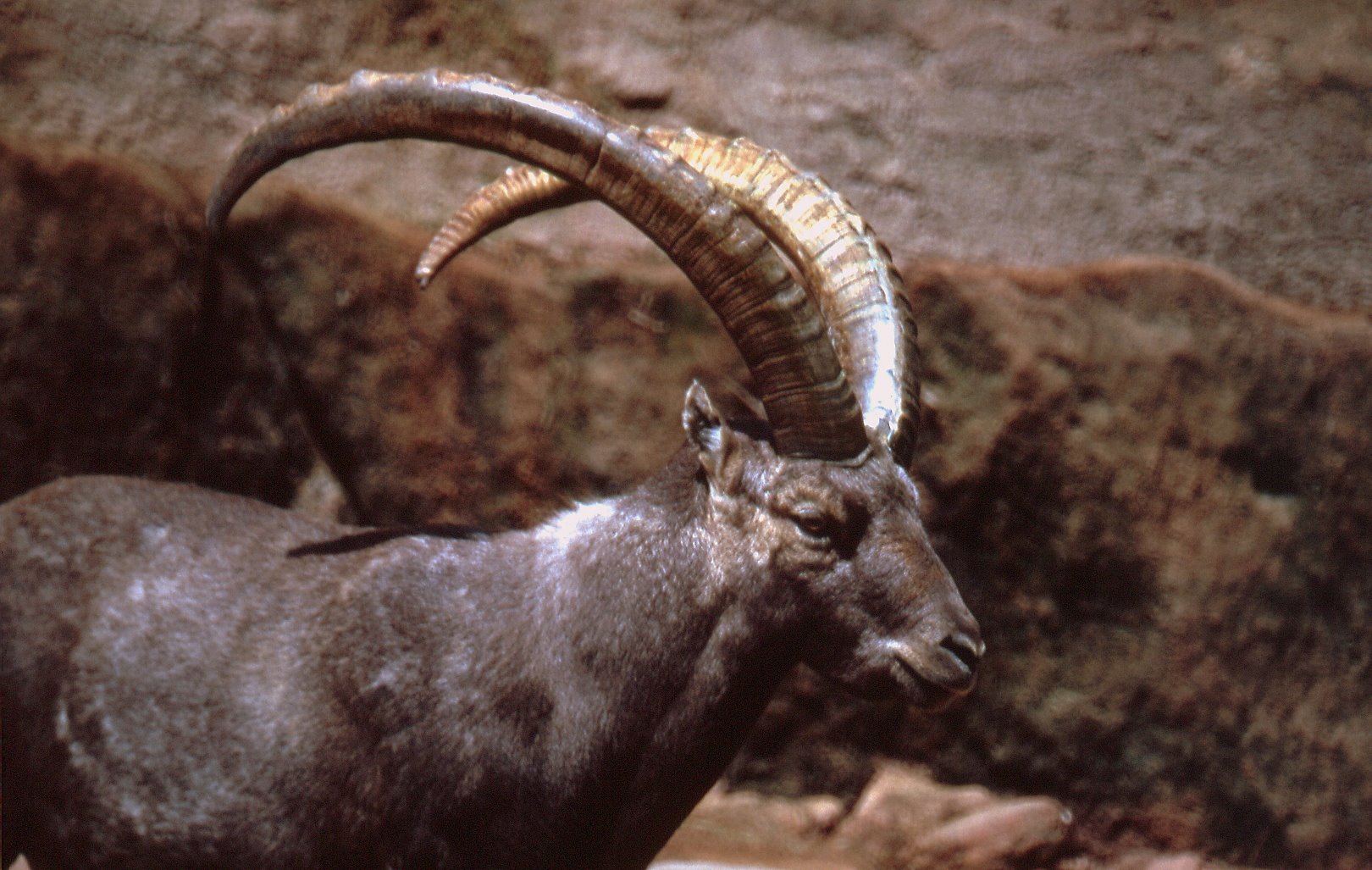|
Lhünzhub County
Lhünzhub County, also called Lhundrub or Linzhou County, is a county in Lhasa towards the north-east of the main center of Chengguan, Tibet, China. It covers an area of and as of 2000 had a population of 50,895 people, almost all classified as rural. The southern portion, the Pengbo River Valley, contains fertile arable land, while the colder and more mountainous northern portion primarily supports grazing. The county has many monasteries, including the Reting Monastery. Geography and climate Lhünzhub County is located in central Tibet around northeast of metropolitan Lhasa. It includes the Pengbo River Valley and the upper reaches of the Lhasa River. It covers an area of . The county is geologically complex, with an average elevation of . Mineral resources include lead, zinc, copper, silver, gold and gypsum. A spur of the Nyainqêntanglha mountains crosses the whole territory, dividing it into a southern and northern part. In the south the Pengbo valley has an average ... [...More Info...] [...Related Items...] OR: [Wikipedia] [Google] [Baidu] |
County (People's Republic Of China)
Counties ( zh, t=縣, s=县, hp=Xiàn), formally county-level divisions, are found in the third level of the administrative hierarchy in Provinces and Autonomous regions and the second level in municipalities and Hainan, a level that is known as "county level" and also contains autonomous counties, county-level cities, banners, autonomous banners and City districts. There are 1,355 counties in Mainland China out of a total of 2,851 county-level divisions. The term ''xian'' is sometimes translated as "district" or "prefecture" when put in the context of Chinese history. History ''Xian'' have existed since the Warring States period and were set up nationwide by the Qin Dynasty. The number of counties in China proper gradually increased from dynasty to dynasty. As Qin Shi Huang reorganized the counties after his unification, there were about 1,000. Under the Eastern Han Dynasty, the number of counties increased to above 1,000. About 1400 existed when the Sui dyn ... [...More Info...] [...Related Items...] OR: [Wikipedia] [Google] [Baidu] |
White-lipped Deer
Thorold's deer (''Cervus albirostris'')Pitraa, Fickela, Meijaard, Groves (2004). ''Evolution and phylogeny of old world deer.'' Molecular Phylogenetics and Evolution 33: 880–895. is a threatened species of deer found in grassland, shrubland, and forest at high altitudes in the eastern Tibetan Plateau. It is also known as the white-lipped deer (Baichunlu, 白唇鹿, in Simplified Chinese, ཤྭ་བ་མཆུ་དཀར།་ in Standard Tibetan) for the white patches around its muzzle. This deer fills an ecological niche similar to the Tibetan red deer (''shou'', the subspecies ''wallichi'' of the red deer species group). It was first scientifically described by Nikolai Przhevalsky in 1883. As of early 2011, more than 100 Thorold's deer are kept in Species360-registered zoos,ISIS (version 12 Jan. 2011). Przewalskium albirostris.' and in 1998 it was estimated that about 7000 remain in the wild. Etymology Although the species was first described by Przhevalsky in 1883, it ... [...More Info...] [...Related Items...] OR: [Wikipedia] [Google] [Baidu] |
Kazi Township, Lhünzhub County
Kazi may refer to: * Kazi (given name), * Kaji (Nepal), Nepalese prime ministerial position (later reduced to ministers) * Kaži, cat in Vepsian * Qadi or ''Kazi'' or ''Qazi'', an Islamic legal scholar and judge * KAZI-FM, an FM radio station in Austin, Texas * Kazi (comics), a fictional character in the Marvel Comics ** Kazi (Marvel Cinematic Universe), the Marvel Cinematic Universe counterpart of the character * Kazi, an honorific title used historically in the north Indian Kingdom of Sikkim * Kazi, a mythical female healer of 8th century Czech mythology, the sister of Libuše * "Kazi", nickname of Chris Rolle, hip hop musician * '' Kazy'' is also a Kyrgyz dish and Kazakh dish * Kazi Township, Lhünzhub County (卡孜乡), Tibet Autonomous Region, People's Republic of China * Kazi Township, Namling County (卡孜乡), a township in Namling County in Tibet Autonomous Region * The Japanese surname Kaji (surname), as written in Kunrei-shiki or Nihon-shiki See also * Kaji (disa ... [...More Info...] [...Related Items...] OR: [Wikipedia] [Google] [Baidu] |
Chundui Township
Chundui (; bo, མཚོ་སྟོད་) is a township in Lhünzhub County, Tibet Autonomous Region, People's Republic of China, about north of the urban area of Lhasa. It comprises three villages A village is a clustered human settlement or community, larger than a hamlet but smaller than a town (although the word is often used to describe both hamlets and smaller towns), with a population typically ranging from a few hundred to ...: Chunduicun (春堆村), Kadongcun (卡东村), and Luobaduicun (洛巴堆村). References External links Populated places in Lhasa (prefecture-level city) Township-level divisions of Tibet Lhünzhub County {{Lhasa-geo-stub ... [...More Info...] [...Related Items...] OR: [Wikipedia] [Google] [Baidu] |
Ganoderma Lucidum
''Ganoderma lucidum'' is a red-colored species of ''Ganoderma'' with a limited distribution in Europe and parts of China, where it grows on decaying hardwood trees. Wild populations have been found in the United States in California and Utah, but were likely introduced anthropogenically and naturalized. Etymology The scientific name, ''Ganoderma lucidum'', uses the genus name, ''Ganoderma'' (derived from the Greek ganos/γάνος "brightness, sheen", hence "shining" and derma/δέρμα "skin") combined with ''lucidum'' from Latin for "lucidus" as light, bright or clear. Taxonomy and history The history of the ''Ganoderma lucidum'' taxon is tied to the history of ''Ganoderma'' as a genus. Karsten first described the ''Ganoderma'' in 1881 and included only one species in the genus, ''G. lucidum'' (Curtis) Karst. Previously, it was called ''Boletus lucidus'' Curtis (1781) and then ''Polyporus lucidus'' (Curtis) Fr. (1821). Patouillard revised Karsten's genus Ganoderma to include ... [...More Info...] [...Related Items...] OR: [Wikipedia] [Google] [Baidu] |
Rhodiola
''Rhodiola'' is a genus of perennial plants in the family Crassulaceae that resemble ''Sedum'' and other members of the family. Like sedums, ''Rhodiola'' species are often called stonecrops. Some authors merge ''Rhodiola'' into ''Sedum''. ''Rhodiola'' species grow in high-altitude and other cold regions of the Northern Hemisphere. ''Den virtuella floran'' gives the number of species as 36, the Angiosperm Phylogeny Website gives it as 90, and the ''Flora of China'' gives it as about 90, with 55 in China and 16 endemic there. ''Flora of North America'' lists only three species in the United States and Canada. Description Among the distinguishing characters of the genus are two series of stamens totaling twice the number of petals; free or nearly free petals (not joined in a tube); a stout rhizome from whose axils the flowering stems rise; and a basal rosette of leaves. This genus contains the only species of Crassulaceae that have unisexual flowers. Phytochemistry ... [...More Info...] [...Related Items...] OR: [Wikipedia] [Google] [Baidu] |
Fritillaria
''Fritillaria'' (fritillaries) is a genus of spring flowering herbaceous bulbous perennial plants in the lily family (Liliaceae). The type species, '' Fritillaria meleagris'', was first described in Europe in 1571, while other species from the Middle East and Asia were also introduced to Europe at that time. The genus has about 130–140 species divided among eight subgenera. The flowers are usually solitary, nodding and bell-shaped with bulbs that have fleshy scales, resembling those of lilies. They are known for their large genome size and genetically are very closely related to lilies. They are native to the temperate regions of the Northern hemisphere, from the Mediterranean and North Africa through Eurasia and southwest Asia to western North America. Many are endangered due to enthusiastic picking. The name ''Fritillaria'' is thought to refer to the checkered pattern of ''F. meleagris'', resembling a box in which dice were carried. Fritillaries are commercially im ... [...More Info...] [...Related Items...] OR: [Wikipedia] [Google] [Baidu] |
Cordyceps
''Cordyceps'' is a genus of ascomycete fungi (sac fungi) that includes about 600 species. Most ''Cordyceps'' species are endoparasitoids, parasitic mainly on insects and other arthropods (they are thus entomopathogenic fungi); a few are parasitic on other fungi. The generic name ''Cordyceps'' is derived from the Greek word κορδύλη ''kordýlē'', meaning "club", and the Greek word κεφαλή ''cephali'', meaning "head". The genus has a worldwide distribution and most of the approximately 600 species that have been described are from Asia (notably Nepal, China, Japan, Bhutan, Korea, Vietnam, and Thailand). ''Cordyceps'' species are particularly abundant and diverse in humid temperate and tropical jungles. Subtaxa There are two recognized subgenera: *''Cordyceps'' subgen. ''Cordyceps'' Fr. 1818 *''Cordyceps'' subgen. ''Cordylia'' Tul. & C. Tul. 1865 ''Cordyceps'' subgen. ''Epichloe'' was at one time a subgenus, but is now regarded as a separate genus, '' Epichloë''. ... [...More Info...] [...Related Items...] OR: [Wikipedia] [Google] [Baidu] |
Ibex
An ibex (plural ibex, ibexes or ibices) is any of several species of wild goat (genus ''Capra''), distinguished by the male's large recurved horns, which are transversely ridged in front. Ibex are found in Eurasia, North Africa and East Africa. The name ''ibex'' comes from Latin, borrowed from Iberian or Aquitanian, akin to Old Spanish ''bezerro'' "bull", modern Spanish ''becerro'' "yearling". Ranging in height from and weighing , ibex can live 20 years. Two closely related varieties of goats found in the wild are not usually called ibex: the markhor and the feral goat. A male ibex is referred to as a buck, a female is a doe, and young juveniles are called kids. An ibex buck is commonly larger and heavier than a doe. The most noticeable difference between the sexes is the larger size of a buck's horns. The doe grows a pair of smaller, thinner horns which develop considerably more slowly than those of a buck. The ibex's horns appear at birth and continue to grow through th ... [...More Info...] [...Related Items...] OR: [Wikipedia] [Google] [Baidu] |
Mongolian Gazelle
The Mongolian gazelle (''Procapra gutturosa''), or dzeren (russian: Дзерэн), is a medium-sized antelope native to the semiarid Central Asian steppes of Mongolia, as well as some parts of Siberia and China. The name ''dzeren'' is Russian misinterpretation of the Mongolian language name of ''zeer'' ( mn, Зээр) or Buryat zeeren ( Buryat: Зээрэн). Description In the summer, its coat is light brown with pinkish tones, becoming longer and paler during the winter. It also has a distinctive heart-shaped white patch on its rump area, divided by a median line of darker color. The male has lyre The lyre () is a stringed musical instrument that is classified by Hornbostel–Sachs as a member of the lute-family of instruments. In organology, a lyre is considered a yoke lute, since it is a lute in which the strings are attached to a yoke ...-shaped horns which curl backwards from the forehead. It is an extremely fast runner and good swimmer. In the winter, they are ... [...More Info...] [...Related Items...] OR: [Wikipedia] [Google] [Baidu] |




